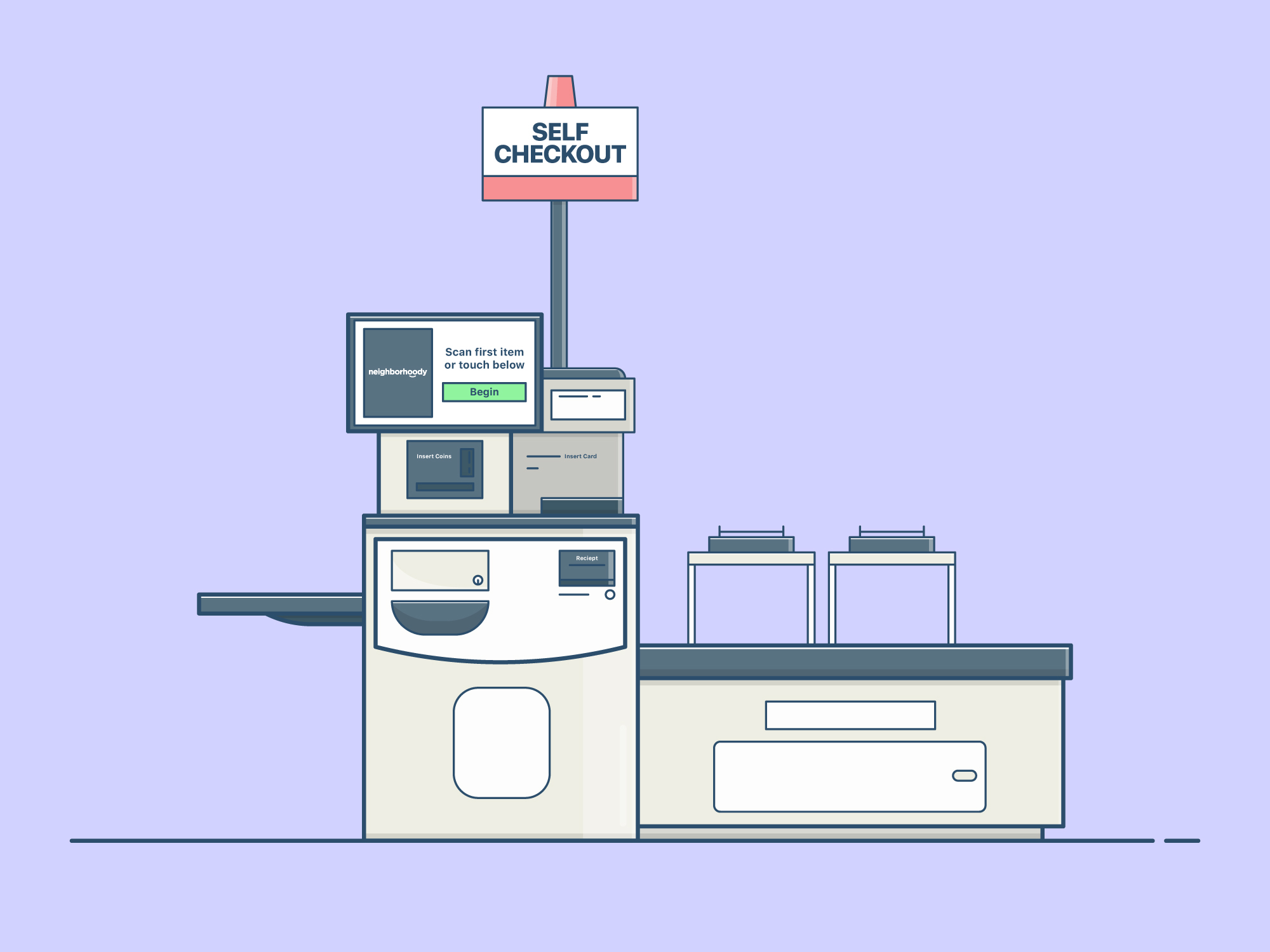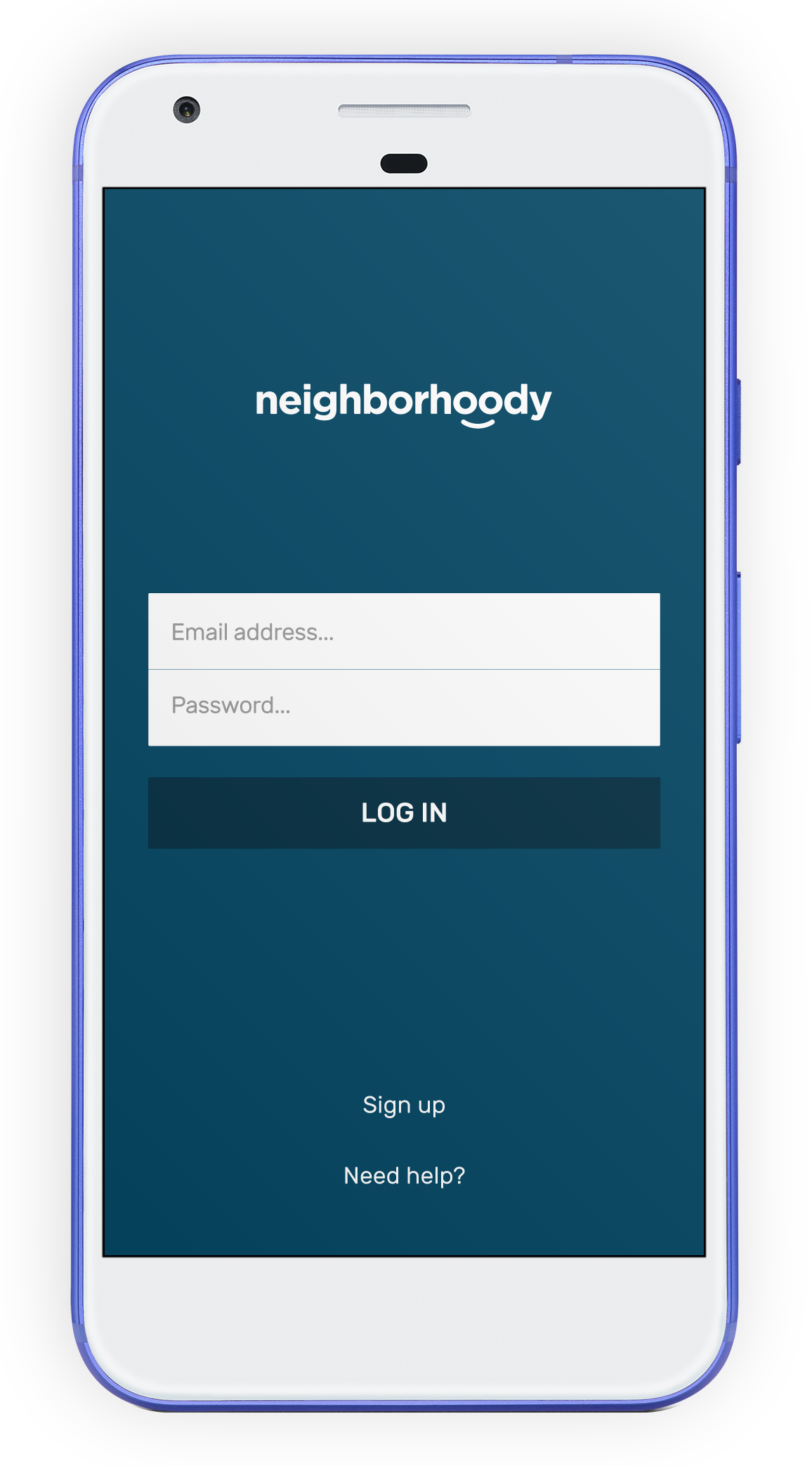No matter how quick and friendly your homeowner and community management customer support staff is, low value, repeatable queries are best handled in a self-service fashion.
What is self-service?
Think of the self-checkout kiosk at your local grocery store or an ATM at the bank. Self-service leverages technology, machines, and automation to service customer’s low value queries, such as withdrawing or depositing cash from a bank account. Self-service at its most basic form is the function of servicing yourself, without the assistance of another human on the other end. The roots of self-service originate from the grocery store in the early 1900’s, but even then, a human teller was still involved in the checkout process – today, the human teller is no longer in the equation!
Why Self-service Matters
In a world where time, not money, is becoming the most sought-after commodity, self-service opportunities present customers a time-saving alternative to the norm, which is highly attractive when you value your time above all else. Most consumers will take the route of self-serving their needs if it’s convenient and easy – it doesn’t necessarily need to be easier, but it does need to be faster. If you could buy something online instead of visiting a local store, look at your bank balance on your mobile app instead of calling your banker, or find an answer to your question by searching for it on Google, what would you do? Time and speed to knowledge is the driving force behind why self-service is being adopted and accepted as the norm.
By leveraging modern technology, any organization, regardless of size and budget, can now provide an engaging self-service experience, which dramatically reduces customer support expenses, but still, delights the end consumer.
The Costs Associated with Self-service
Next, let’s look at self-service as a customer support mechanism and the operational costs associated with servicing a customer’s inquiry utilizing different channels of support. The data below shows the costs associated with each different channel of communication traditionally utilized for customer support operations.

Source: Forrester Research & Intercom
It’s fairly clear why so many organizations, both big and small, are investing their resources in building out self-service support channels. The cost associated with self-service is substantially lower than the traditional support channels listed. When it comes down to it, the opportunity for self-service as a customer support channel actually benefits both sides of the transaction. Consumers want to solve their problems without speaking to someone and businesses want to drive down costs of servicing the customer without decreasing the experience – modern technology is making that possible.
Where to Start
Start with your community’s website. What are the three most commonly asked questions your homeowner support staff gets on the phone or via email? Start there.
Publish the questions and their respective answers to your website. Now, the next time someone calls in or sends you an email RE: the topic, send them to the website. Create a saved reply and a phone script to direct homeowners and residents to your community website when they ask a basic question.
Important: Condition your homeowners & residents to look on the community website first – it takes time to educate, but it’s worth it (see the numbers above).
If your communities don’t have their own websites and you’re a community management company, start with your company’s website. Homeowners can’t self-serve themselves if they don’t have anything to interact with.
What Type of Content Should you Publish?
Start small. Here are some ideas to get you started:
HOA Management Companies:
- Where is my HOA Management Company’s office located?
- What payment options do I have to pay my HOA dues online?
- How do I change or update my mailing address?
- How do I request an account statement?
- What’s the best way to ______________?
Community Associations:
- What day of the month is my HOA payment due on?
- Who is our community manager?
- What day does my trash get picked up?
- Where do I get a key for ______________?
- How many pets can I have in my unit?
- What’s the rental policy, can I list my unit as a short-term rental?
The goal is to provide a place for commonly asked questions to be answered by the user so a phone call or email isn’t the next step in the sequence for solving their problem. Calls and emails are expensive (see chart above).
Focus on the homeowner’s goals. What are they trying to accomplish? No one has time to wade through paragraphs of text looking for an answer. Be concise and relevant to the specific thing they are trying to accomplish.
What you Should Avoid
Whatever you do, don’t diminish the experience for the easy win. Self-service isn’t about neglect, it’s about efficiency. If your customer’s experience doesn’t get easier or faster, you’re doing something wrong.
Self-service is all about speed and efficiency. It doesn’t necessarily need to be easier, but it still needs to be easy. It does, however, need to be easier than calling, pressing a # for a department, and then waiting on hold until someone picks up.
Reduce friction and time to a desired result and you will have a self-service solution that not only will substantially reduce your customer service costs, but will delight your homeowners and residents with an experience they’re already accustomed to in the digital age.





